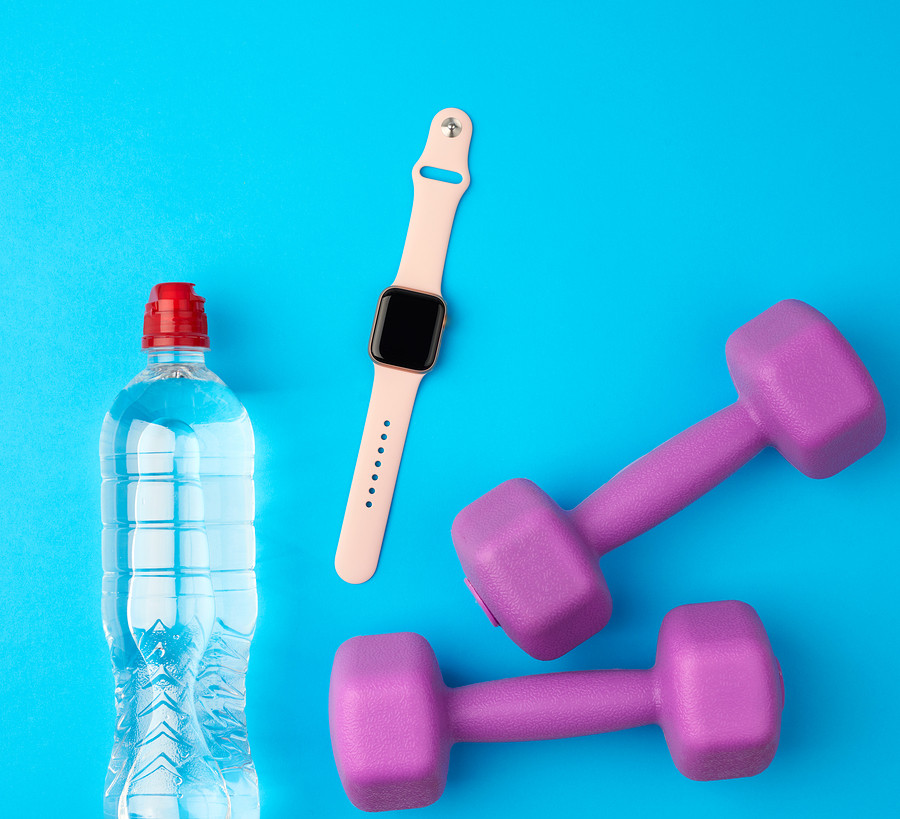You own a dropshipping business or operate multiple websites and earn money through affiliate marketing. You’ve been watching other businesses cash in on the demand for products in international markets, and now you want to manufacture your own products.
Understanding the Plastics Manufacturing Industry
There are many types of plastic manufacturing. Each process has its own lead-time. An example of a rapid process is vacuum forming, in which a sheet of plastic is stretched over a mold, the extra air is sucked out by the vacuum, and then the plastic cools into the desired form. This method has low startup costs. Towards the other end of the spectrum is plastic injection molding, which has a 2-4 month lead-time. However, once you’ve invested heavily in the molds for this manufacturing process, you can produce plastic goods in high volume in a short time.
The Design Process
At a high level, there are multiple steps in the design process. It starts with an idea and then moves to the design stage. You can hire a product designer or build your own model.
Here are the broad steps that will help you manufacture your own products:
1. Draw many sketches of the product.
You can use paper and pencil or a 3D software program, which is some form of computer-aided design (CAD). You can experiment with a student version of 3D design software.
If you find a similar template online and download it, then you can manipulate it in the software program. This step saves you from having to start building from scratch.
2. List the things that you want the product to do.
When you contemplate the uses of the product, you can improve the preliminary design to make it more functional.
3. Build a prototype.
Before you make an appointment (whether face-to-face or video chat) with a plastics manufacturer, make your own model. A prototype will help the manufacturer visualize your idea and help you choose the right plastic production process.
Try building your model using different materials. Some cheap options are wood, building-grade foam, modeling clay, and cardboard.
4. Test whether your own products will hold up to their promise and fulfill their intended purposes.
This is where you go back to step 2 and see if the product lives up to its potential.
5. List the specifications you want the manufacturer to meet.
This is not a wish list in which you get to include everything under the sun. The more things you want the product to do, the number of special parts that have to be robotically or manually inserted, and the level of detail required in the molds, for instance, will increase your production costs.
Examples of product specifications relate to the properties of the plastic itself, including thickness, color, durability, porousness, ability to hold a hot or cold liquid, and resistance to wear and tear.
There are other considerations like cost per unit and manufacturing design and development time. If you are making plastic cups into a custom shape, you would want one level of durability. Are you making plastic pens to give away in mass quantities? You would want a different level of durability. If the product is a toy for preschoolers which will cost $100, you would ensure it can stand up to more wear-and-tear and meet product safety standards for youngsters.
Considerations
Each plastic product starts with an idea in your head and evolves as you design and build it.
If you can build a model and test it in many ways before working with a plastics manufacturer, you should save time when negotiating the final specs, which the engineers will use to create custom molds.
Engineers may need to test the first prototype made in the factory on potential users before you finalize the molds and start production.
To learn more about our services and offerings and how we can help you with your own products, contact us today.

